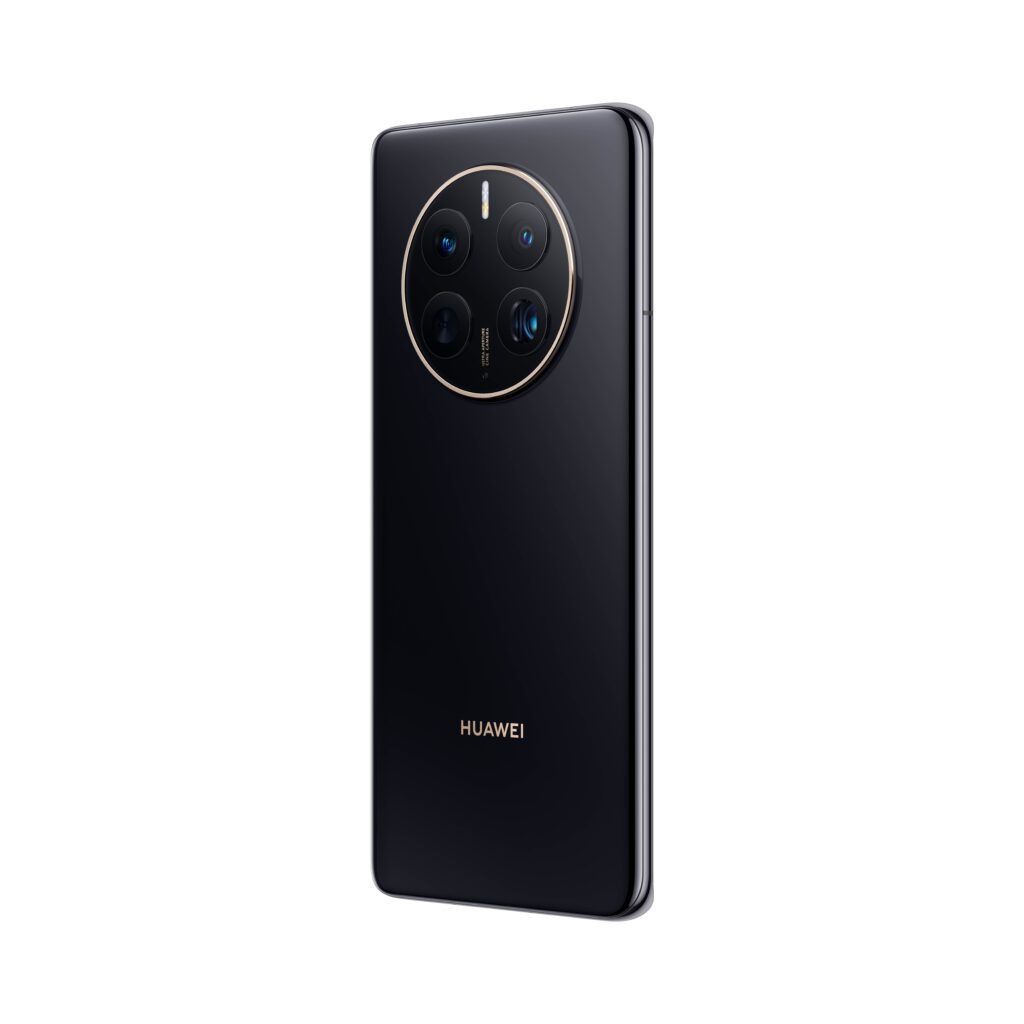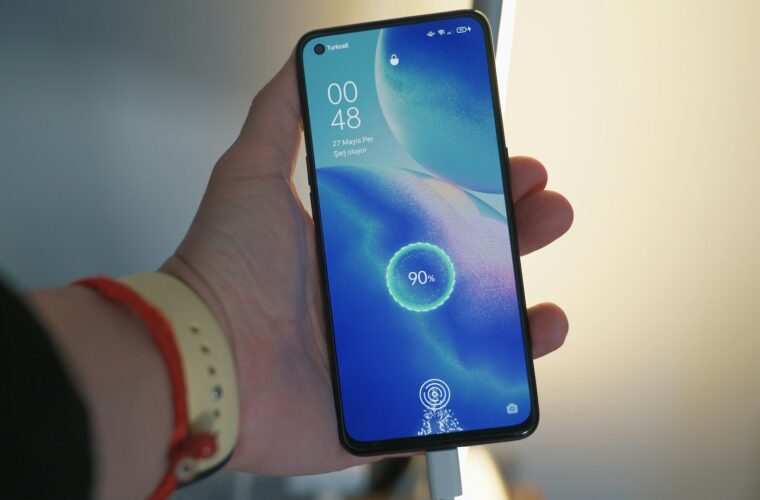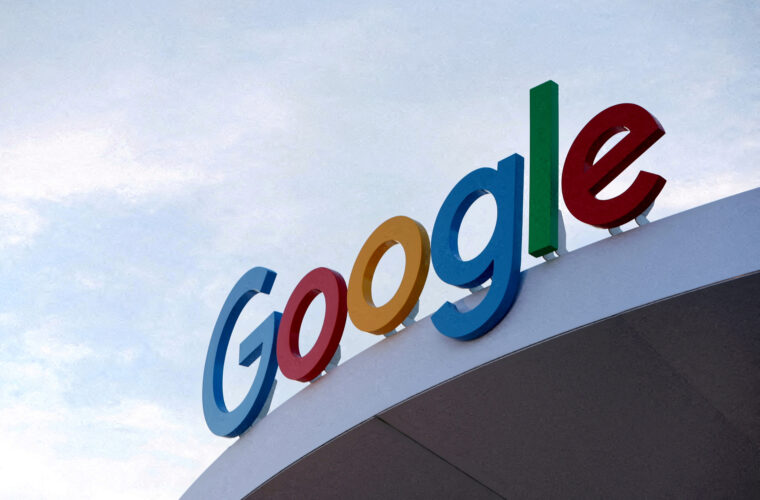Huawei does not give up on smartphones and continues bringing innovative models for the high-end European market. A worthy act at a time when the entire sector is suffering from shrinking sales, all the more so for a company that cannot do business with American and foreign companies using US-made technologies. Limits that Huawei suffers from both on the software side, with the impossibility of using Android and the suite of Google services (and for this reason, it continues to develop Huawei Mobile Services), and on the hardware side, with the renunciation of the Kirin SoC, a basic element for the photographic innovation that Huawei has made in the past thanks to computational photography.
Net of certain conservative choices to make economies three and a half years after the US ban (such as the curved edges and the notch at the top of the display), the Shenzhen-based company is again leading the way in photographic innovation with the Mate 50 Pro. The only model in the series to reach our latitudes, unlike the Mate 50, Mate 50E and Mate 50 RS Porsche Edition, which are only available in China for now. Support for Beidou satellite navigation and satellite connectivity will be available only for the Chinese.
New XMAGE Camera
The novelty of the latest arrival is the adjustable diaphragm of the main camera, which uses a system composed of blades that, thanks to the integrated micro magnets, open and close mechanically, allowing different amounts of light to pass through. In this way, Huawei offers a 10-stop adjustable focal aperture, enabling you to switch manually from f/1.4 to f/4 and automatically to four different levels, which adjust to mode and brightness. For the first time, therefore, skilled photographers can manage all parameters manually, adjusting iso, aperture and shutter speed for even sharper images.
The practical advantage imagined during the presentation was seen during the images taken on the tour among the spires of Duomo Milan Cathedral, which Huawei Italia organised with professional photographer Federico Ciamei. Accustomed to jumping from an SLR to a smartphone, the photographer explained how focusing with a click after shooting is a simple, immediate and precise operation, and above all, impossible with a digital camera. To the mechanically adjustable focal aperture, Huawei has added a virtual version, thanks to which one can focus on any subject or object in the frame after shooting.




The ring on the back that encloses the XMAGE camera block and makes the smartphone instantly recognisable consists of the main camera with a 50-megapixel sensor and optical stabilisation, a 13MP ultra-wide-angle camera and the 64MP telephoto lens with a 3.5x optical zoom and a hybrid zoom of up to 10x. The 13MP front camera is integrated into the notch on the front. There is also a depth sensor, laser autofocus and ten-channel flash to illuminate subjects or the captured scene.
Make things easier
The 6.74-inch curved Oled display has a refresh rate of up to 120 Hz while having to do without the in-house designed Kirin, and the integrated chip is Qualcomm’s Snapdragon 8+ Gen 1. The 4700 mAh battery relies on SuperCharge via 66W wired or 50W wireless charging, with SuperEnergy Boosting activating a power-saving mode when the battery level drops to 1% to ensure three hours of standby or 12 minutes of call time (so in case of emergency, you know how much time you have before shutting down)
Within Emui 13, Huawei’s operating system interface, there are a number of technologies to optimise performance. Among the most useful is SuperStorage, which removes duplicate files automatically and compresses apps that are used less, with Huawei claiming to be able to reduce up to 20GB on a 256GB smartphone. For those working with their smartphone and jumping from notes to documents, images and texts, there is SuperHub, where everything is stored temporarily with fast and free transfers between apps and devices.
Another helpful feature is the Privacy Center, which records in real-time all the behaviour of apps accessing sensitive information, with the Security Center providing a general snapshot of smartphone security, monitoring the activities of App Lock, Password Vault, File Safe, Find Device and others.
Price and availability
Available in Europe only in the 8GB Ram and 256GB storage version (expandable via Huawei’s NM cards) in Black and Silver colours, the Huawei Mate 50 Pro is on sale for €1,199.90. The price includes FreeBuds 2 Pro earbuds (which we told you about here) and six months of Accident Screen Damage Protection.
We tested the smartphone for too short a period of time to make an overall judgement on its value. Still, there is no doubt that Huawei is one of the few companies that continue to innovate in photography. At the same time, however, due to the usual hardware and software limitations highlighted above, even the Mate 50 Pro, likely launched ten years after the debut of the Mate series, will not replicate past sales successes in Europe.



